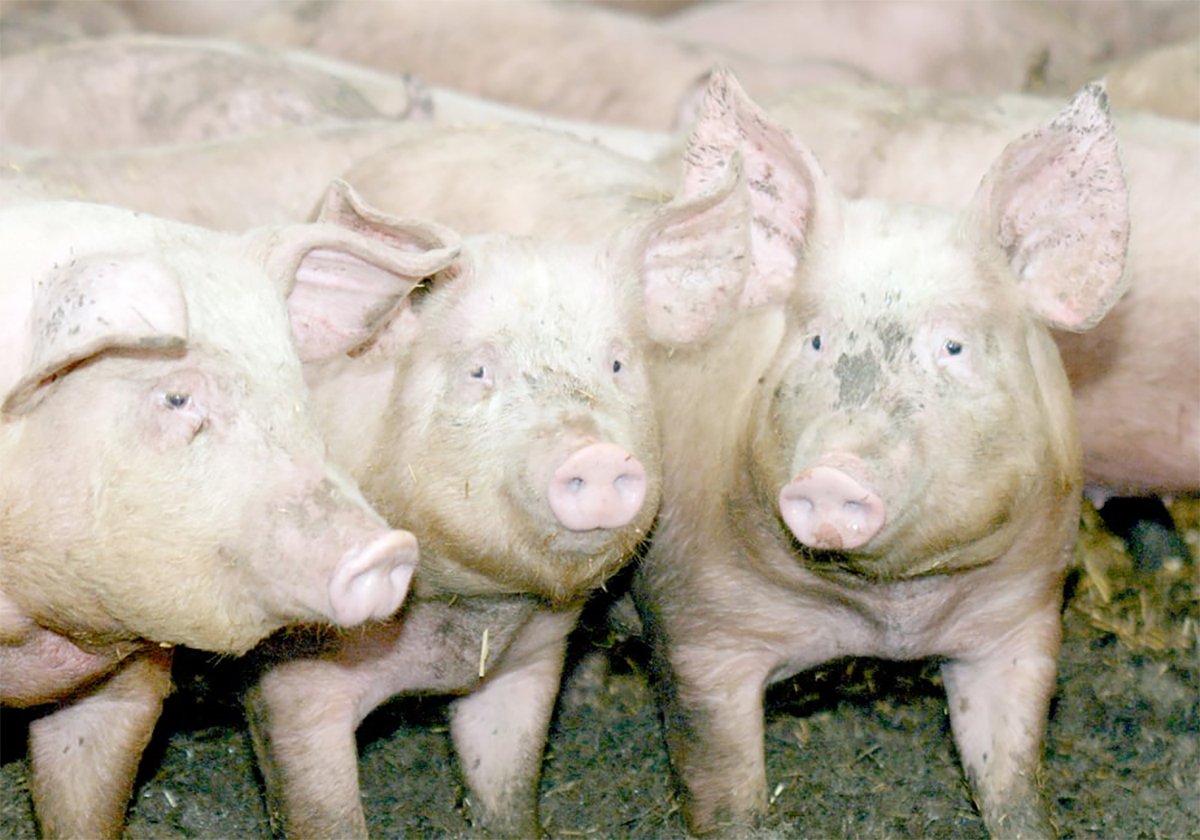RED DEER – A century in the beef business taught the Porter family that quality outweighs show ring performance.
With that in mind, Bob, Lee and Rick Porter of Irvine, Alta., selected their bison from a performance-tested herd in North Dakota with 20-year-old records.
“It was one of the few herds that we could find that had a number of years of carcass data,” Rick said.
The Porters believe emphasis on meat quality will improve the overall quality of their
animals.
Read Also

The Western Producer Livestock Report – October 2, 2025
Western Producer Livestock Report for October 2, 2025. See U.S. & Canadian hog prices, Canadian bison & lamb market data and sale insight.
They sell two-thirds of the bison finished on their Sundance Bison Ranch to the United States through the North American Bison Co-operative. Another third end up in Europe and a small number are distributed in Canada.
The bison market is at a crossroads, Rick said.
More animals are coming on stream to supply a growing market, but there are still not enough to offer the meat to a wider group of consumers.
The final product has to be top notch if producers hope to gain greater acceptance.
This can be achieved by offering bulls that carry a full set of records showing parentage, rate of gain, feed conversion and other qualities that have been analyzed by the beef industry for years.
A desire for complete information led to the first bison bull performance test in Canada that ran last winter. The sale was held April 28 in Red Deer.
Eighteen yearling bulls sold for $33,525 at an average price of $1,863. The Porters’ bull sold for $5,725.
Rick said his family was pleased with how the test was run.
“The idea is good because it puts them all on a level playing field.”
Bison buyers are often unsure of what they are getting and wonder if a good-looking animal in the auction ring is the result of genetics or a well-managed feed program.
The bulls went on test at Lone Pine Bison Ranch near Didsbury last July. Ranch owner Mike Edgar conducted the test in co-operation with other bison producers and Heartland Livestock.
The bulls were weighed four times over a 257-day period. They were also semen tested.
Most bulls had their peak gains between December and February. Some gained more than three pounds per day during that period on an average winter feed rather than an energy-rich grain ration.
“I was pleased with how the bulls did,” Edgar said. “Their gains were so impressive because they were not fed like they were going for slaughter.”
A second test starts June 1 at Minburn, Alta. The test starts sooner this year to give the bulls more time on grass and to better measure their performance in natural conditions.
Organizers hope to gather 50 bulls that should provide a broader index of performance abilities.

















